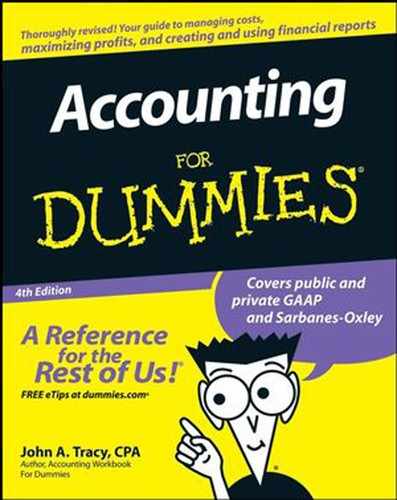17.4. Judge Profit Performance
A business makes profit by making sales and by keeping expenses less than sales revenue, so the best place to start in analyzing profit performance is not the bottom line but the top line: sales revenue. Here are some items to focus on:
How does sales revenue in the most recent year compare with the previous year? Higher sales should lead to higher profit, unless a company's expenses increase at a higher rate than its sales revenue. If sales revenue is relatively flat from year to year, the business must focus on expense control to help profit, but a business can cut expenses only so far. The real key for improving profit is improving sales. Therefore, stock analysts put first importance on tracking sales revenue year to year.
What is the gross margin ratio of the business (which equals gross profit divided by sales revenue)? Even a small slippage in its gross margin ratio can have disastrous consequences on the company's bottom line. Stock analysts would like to know the margin of a business, which equals sales revenue minus all variable costs of sales (product cost and other variable costs of making sales). But external income statements do not reveal margin; businesses hold back this information from the outside world.

Based on information from a company's most recent income statement (which you can find in the financials section of its Web site), how do gross margin and the company's bottom line (net income, or net earnings) compare with its top line (sales revenue)? Calculate these two ratios for a variety of businesses; you may be surprised at the variation from industry to industry. By the way, very few businesses provide profit ratios on the face of their income statements — which is curious because they know that readers of their income statements are interested in their profit ratios.
